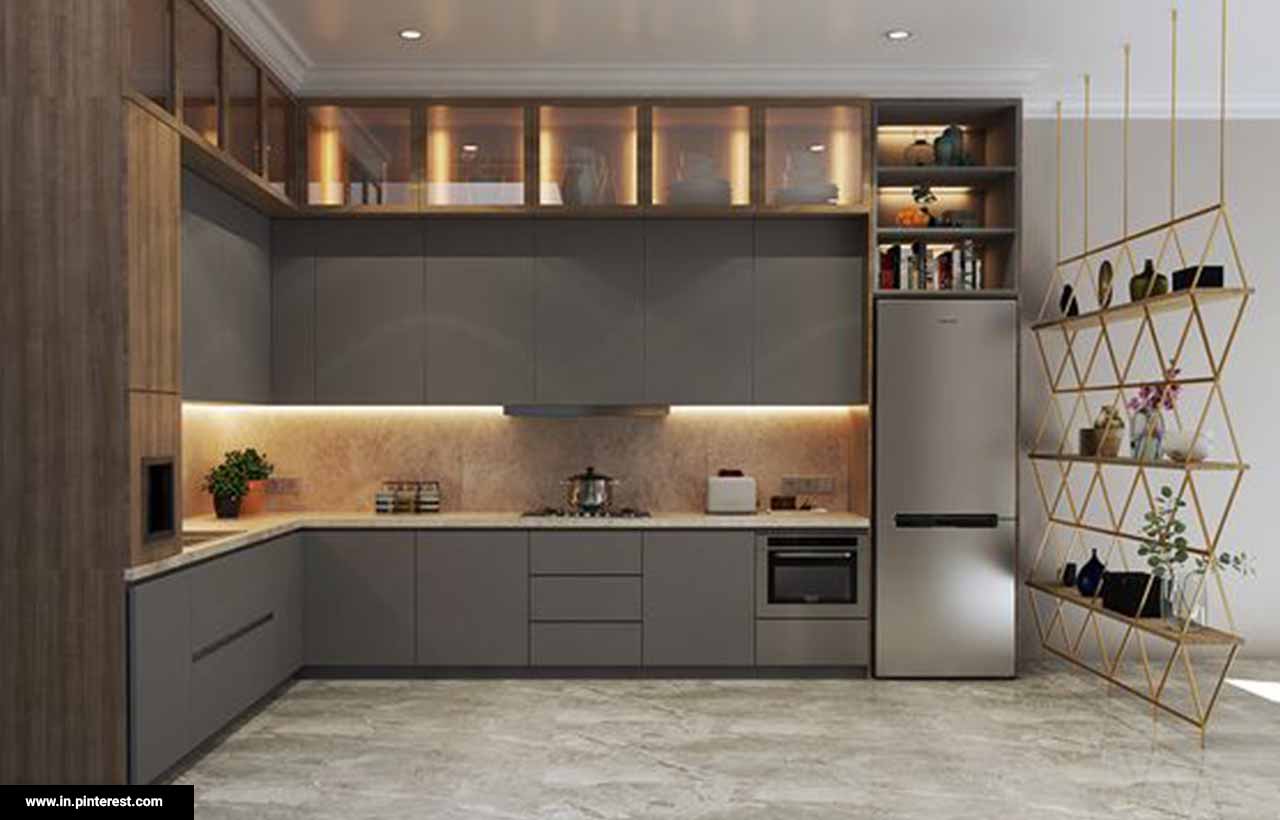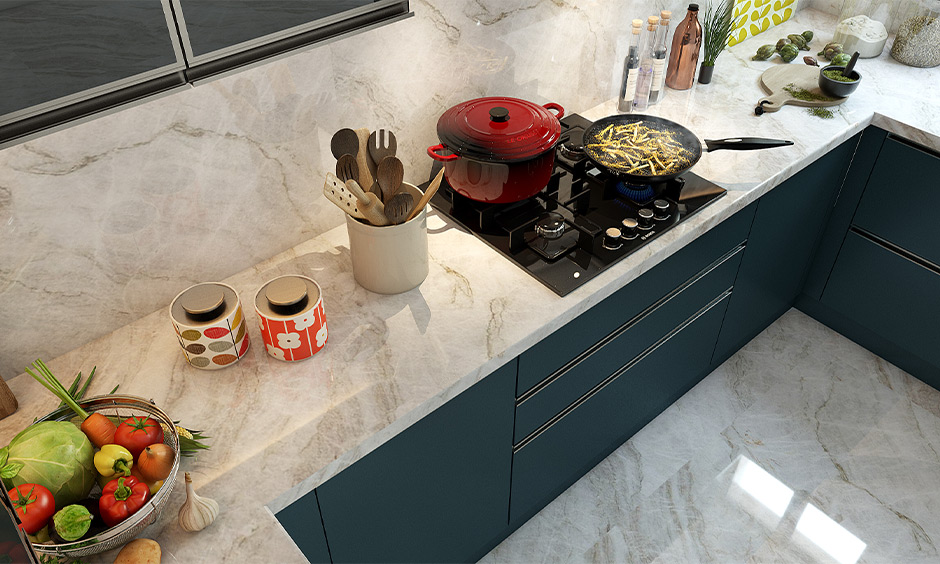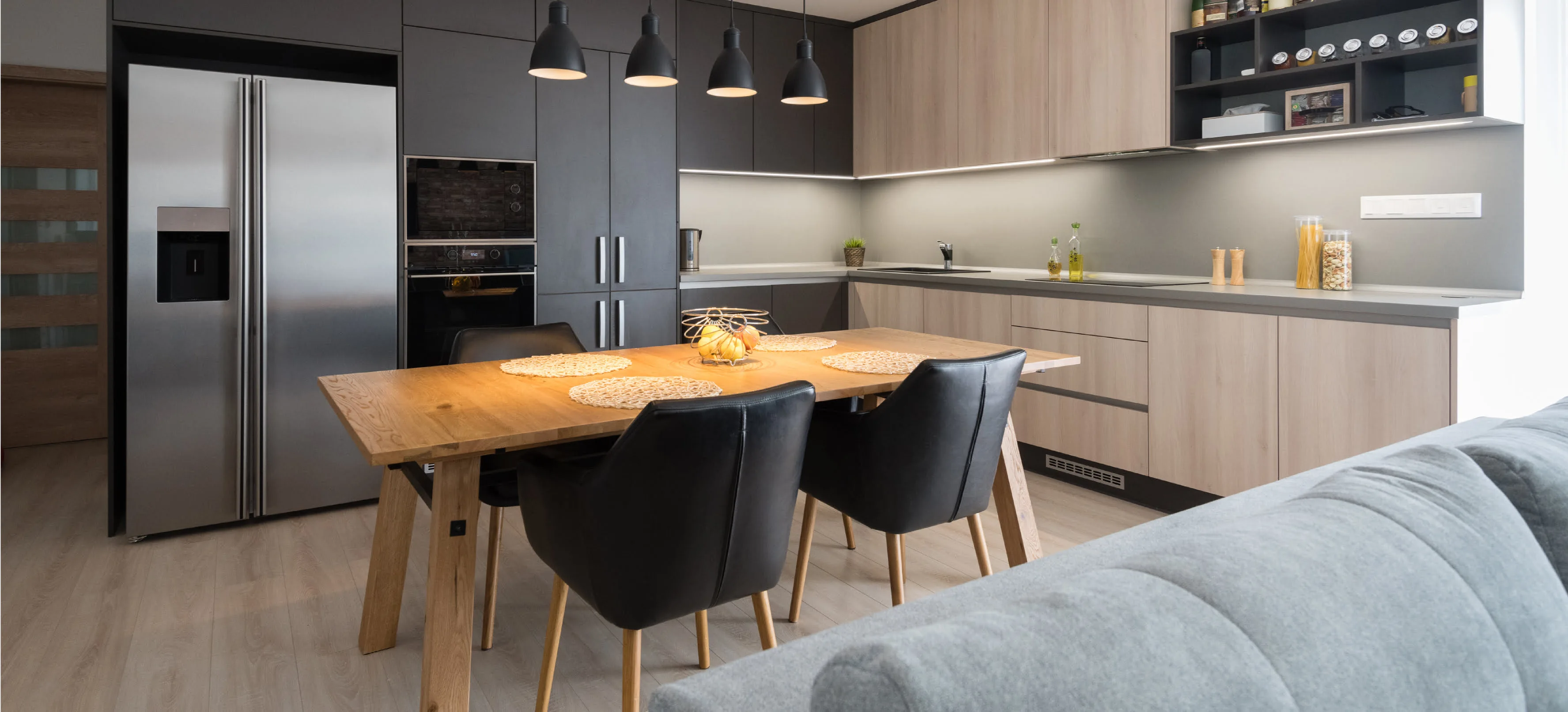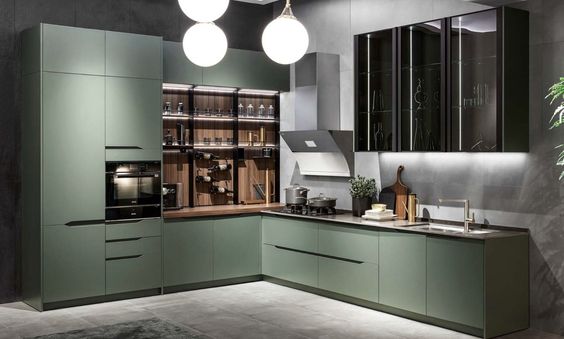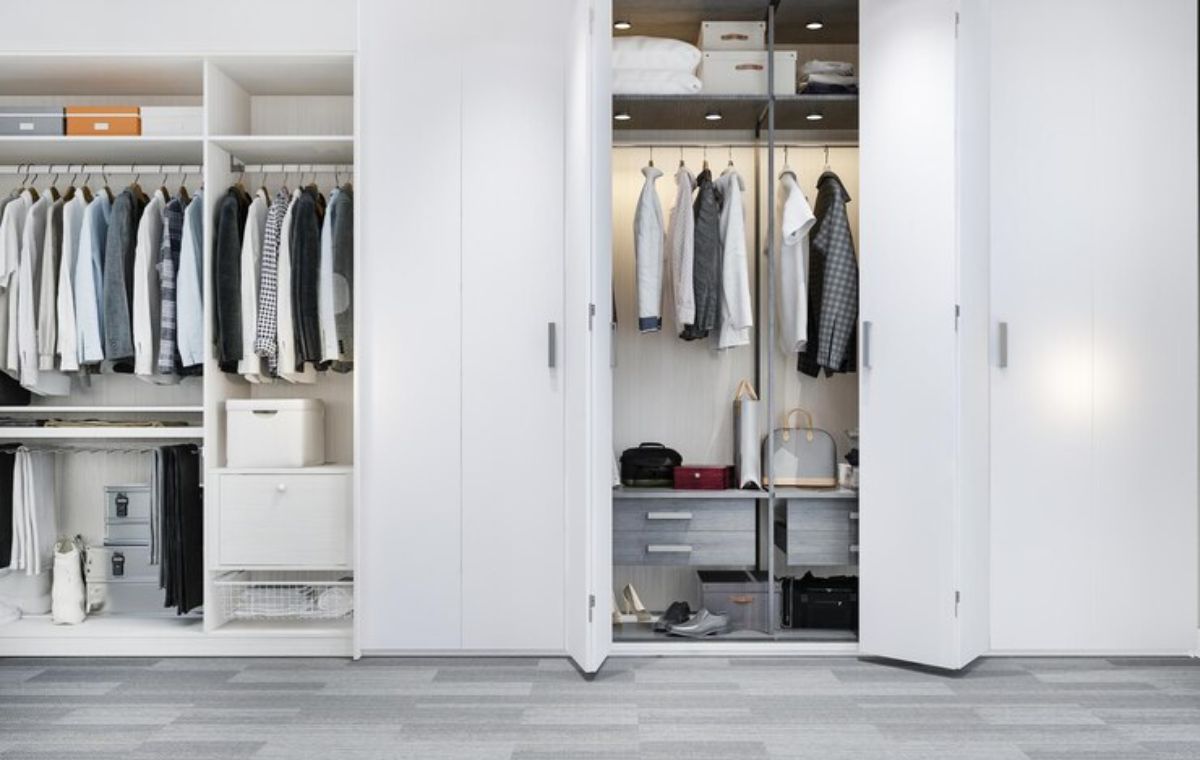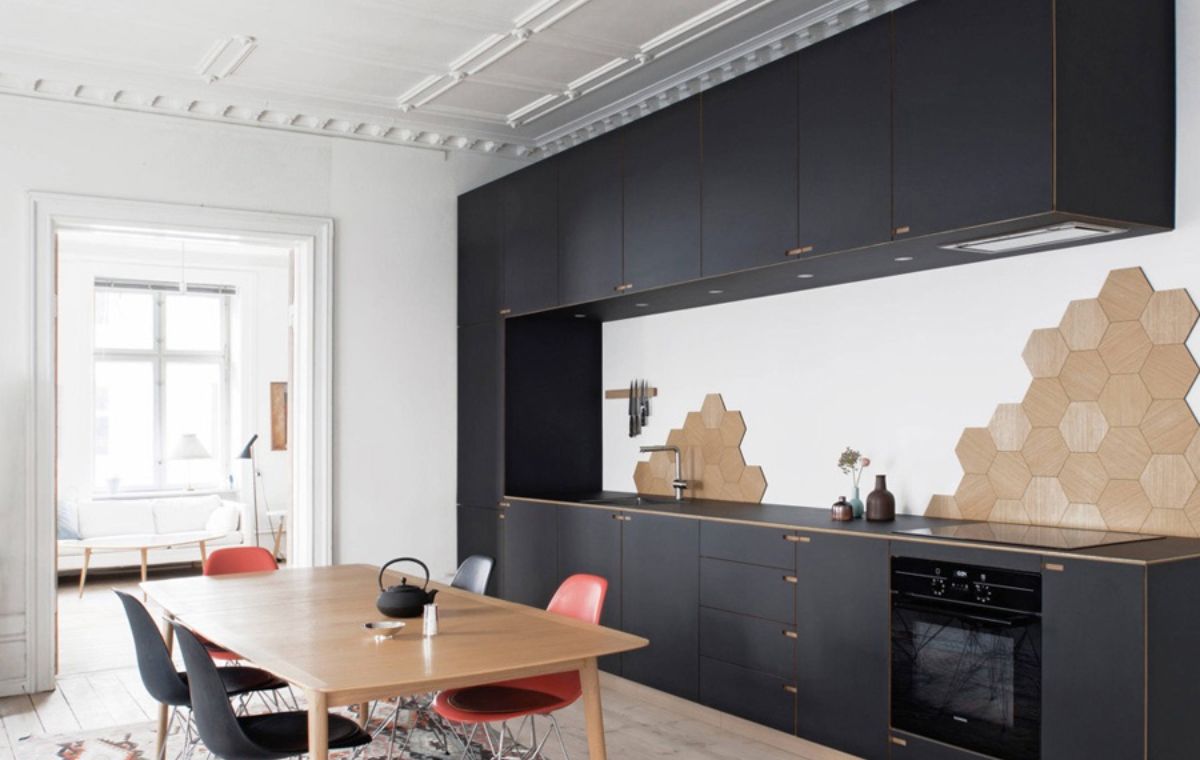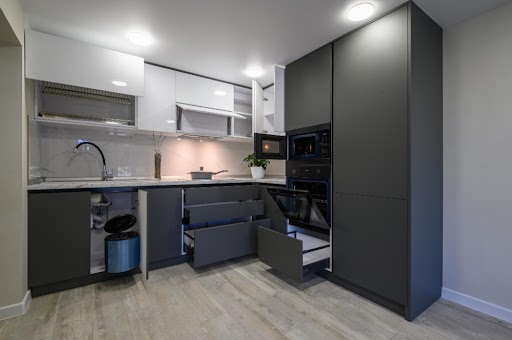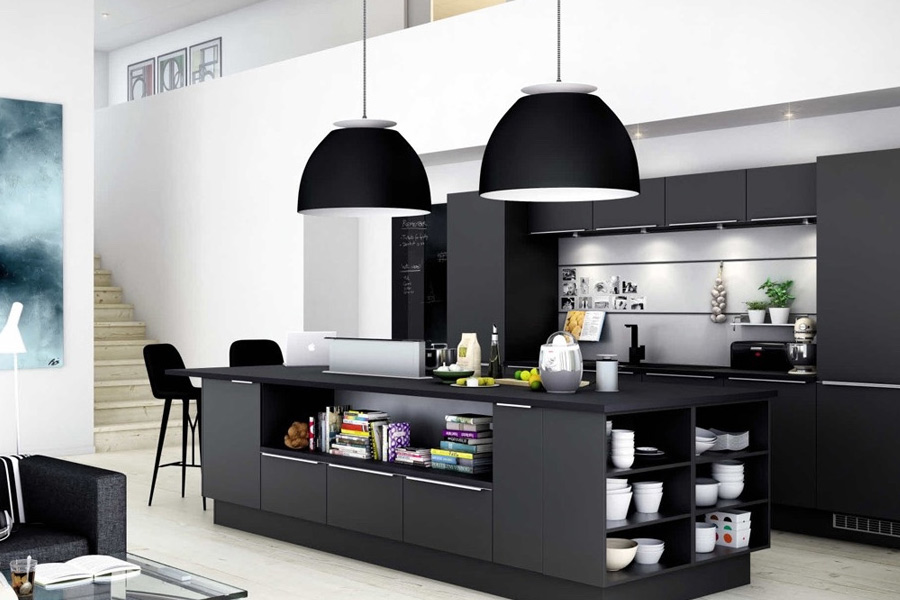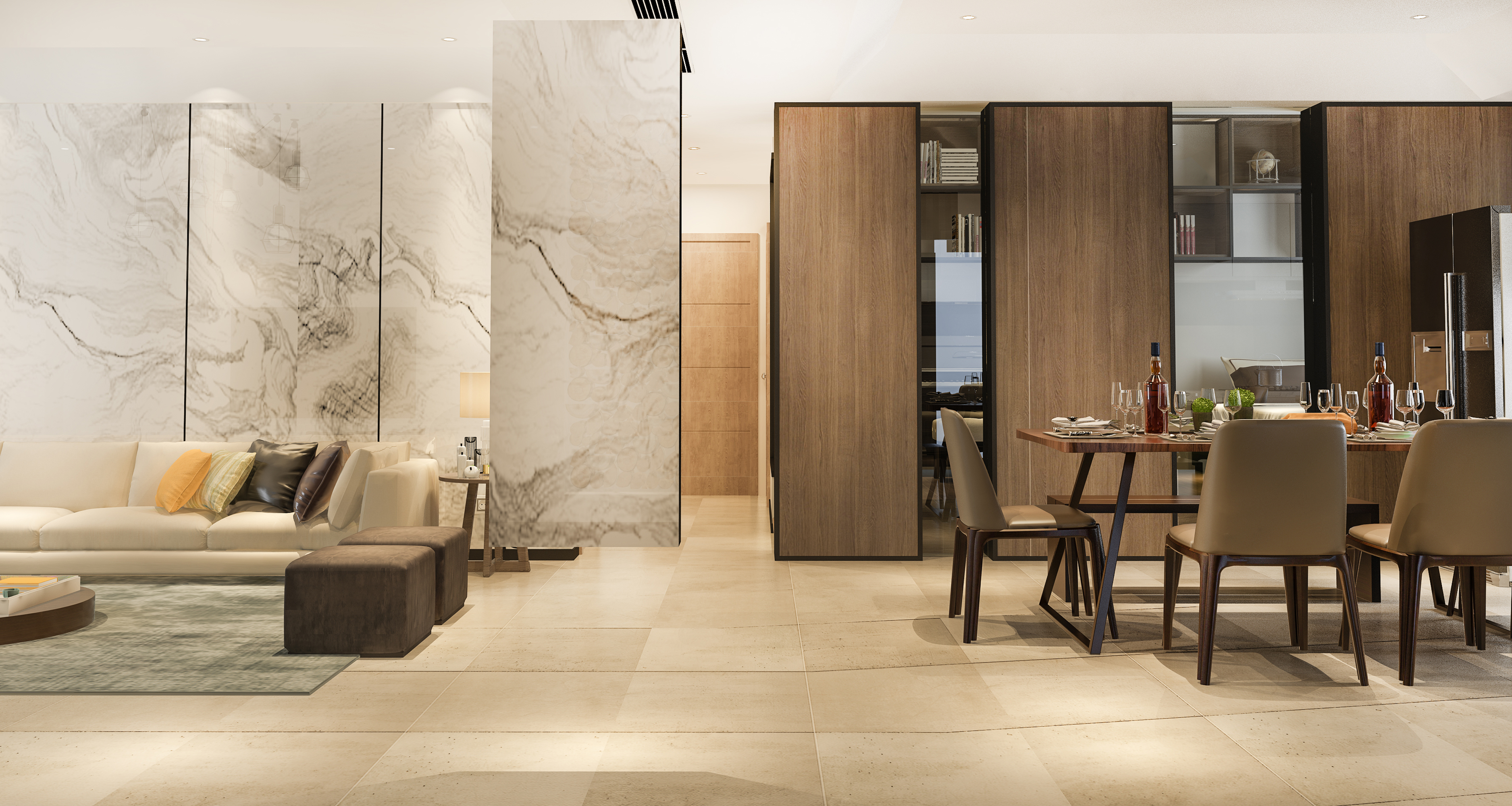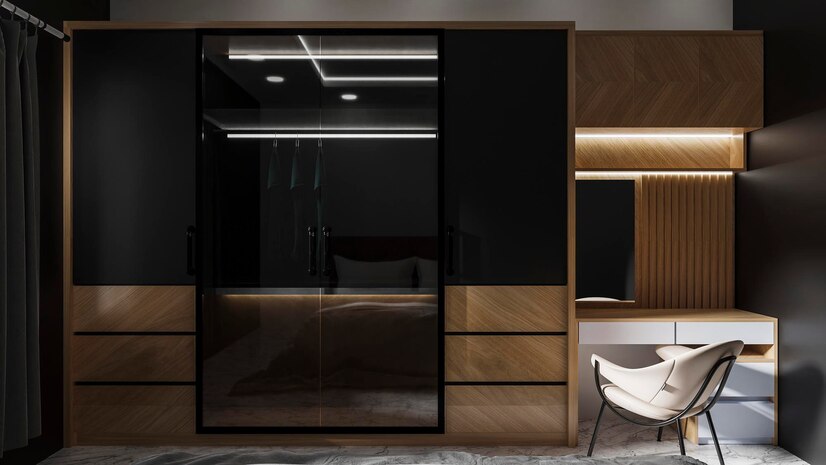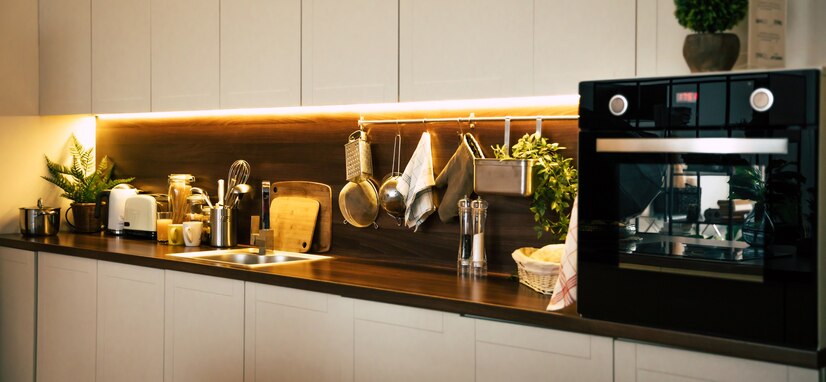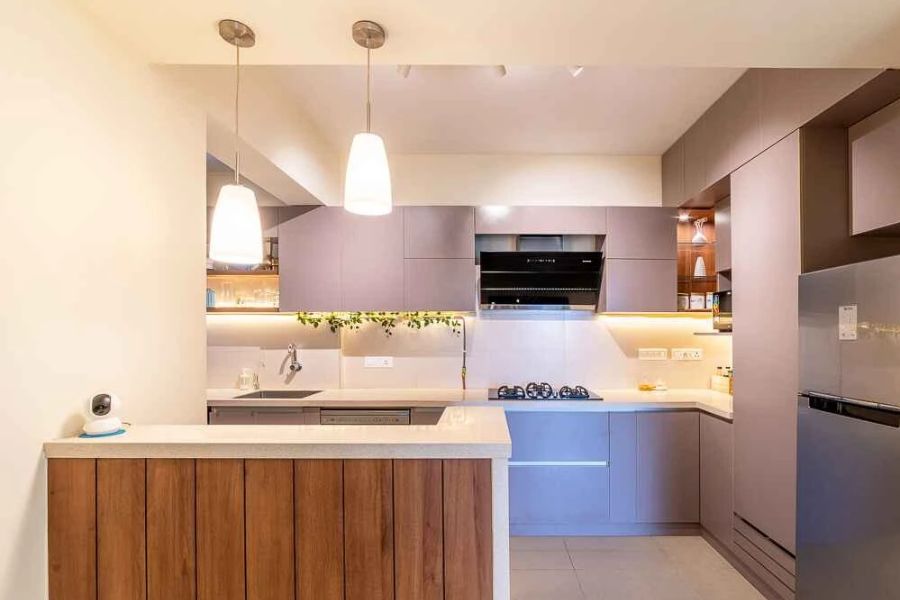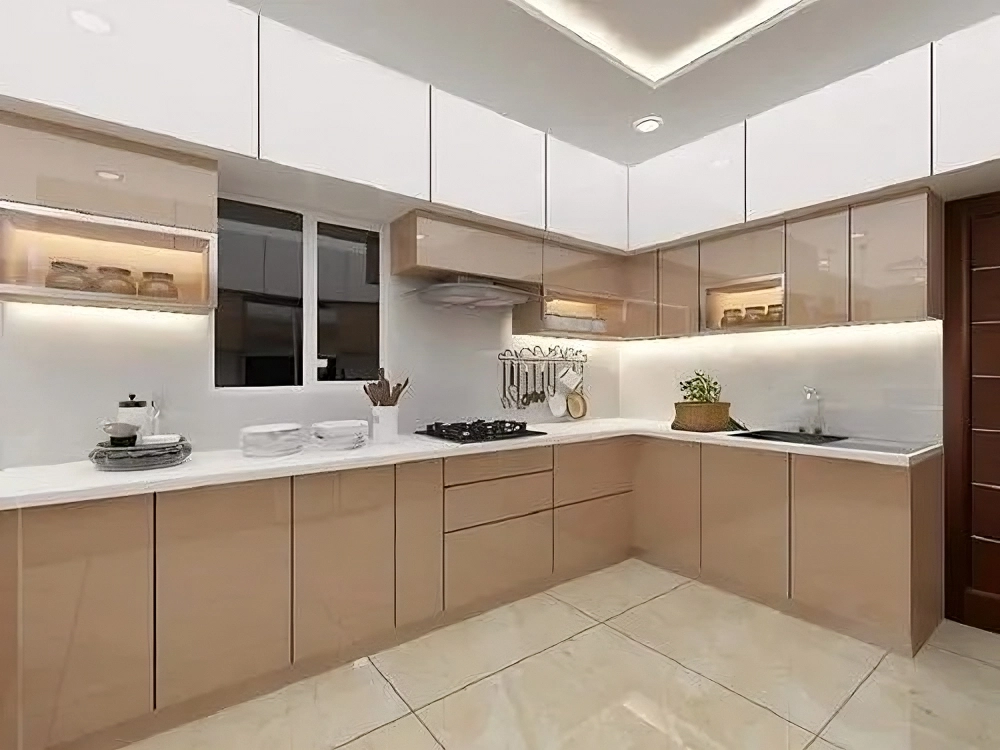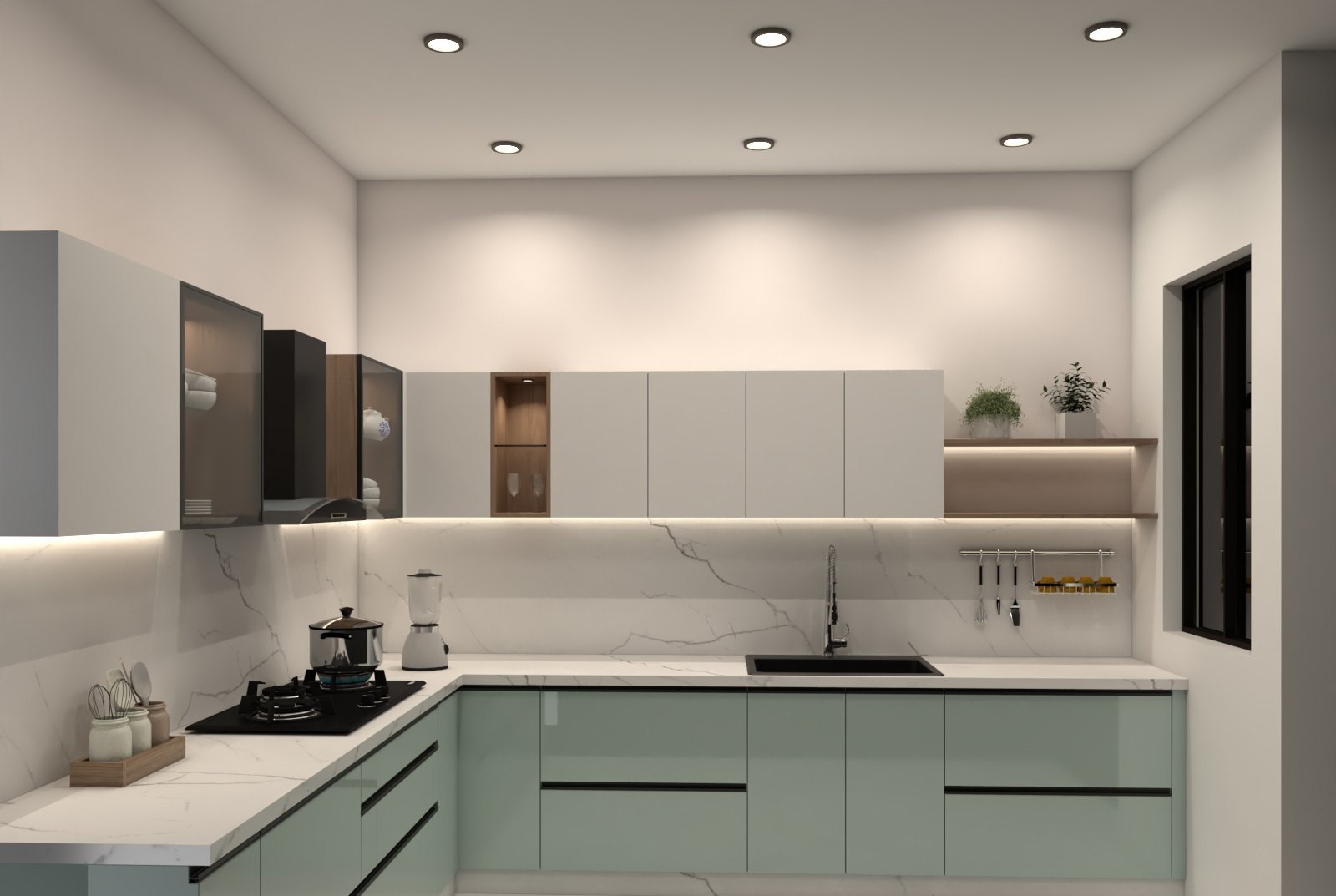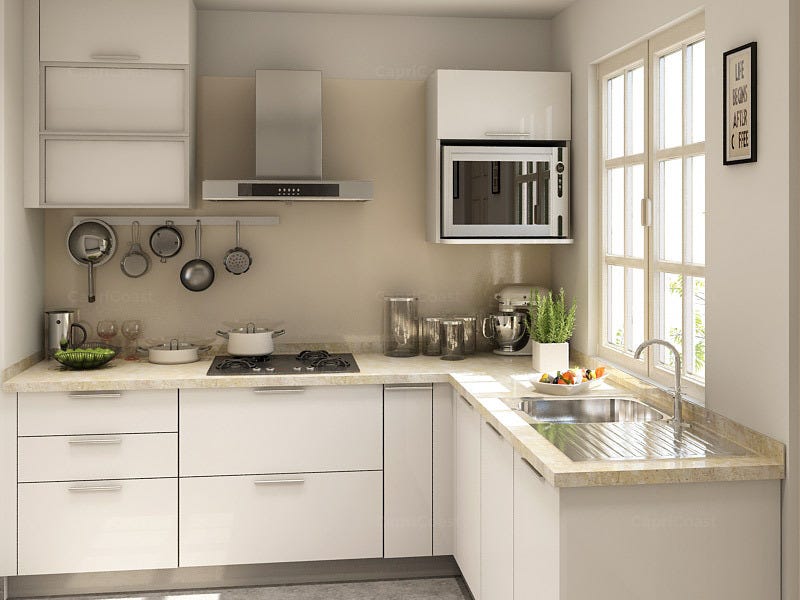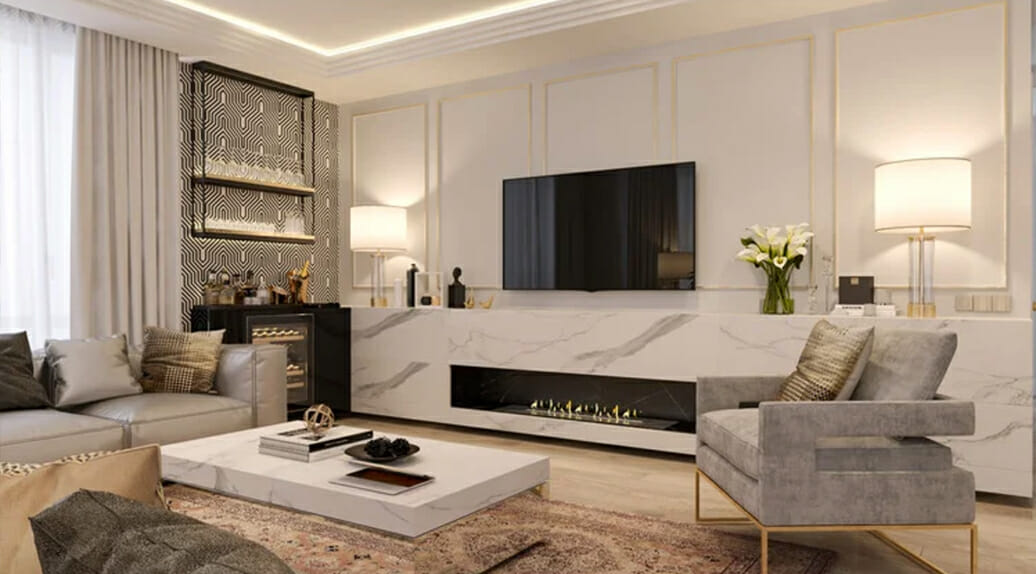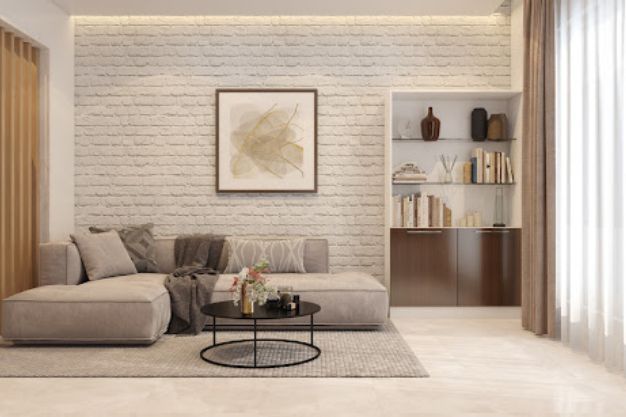
Transform Your Space: Amazing Wall Texture Designs for Stunning Home Interiors
Ever walk into a room and feel like something's just...missing? Often, it's the walls! Those big, blank canvases have so much potential to elevate your home's aesthetic. Think about it: A simple change in wall texture can completely transform a space, adding depth, character, and a whole lot of personality. And when it comes to making a first impression, the hall wall texture design is key. It's the entryway, the welcoming point that sets the tone for everything that follows. This blog will take you through a fantastic array of wall texture designs that can dramatically enhance your home interiors, with a special focus on creating impactful hall spaces.
The Impact of Texture in Interior Design
Texture isn't just about how a surface feels; it's a crucial element of visual interest in interior design. The right wall texture can play tricks on the eye, making a small room feel more spacious or adding a cozy intimacy to a larger area. Imagine running your hand along a subtly textured Venetian plaster wall versus the stark flatness of plain paint; the tactile experience is completely different, and so is the visual one.
Beyond the purely aesthetic, different textures can also evoke different psychological responses. Rough, natural textures like exposed brick or stone can bring a sense of warmth and earthiness, while smooth, cool surfaces like polished plaster can feel sophisticated and modern. The interplay between wall texture and your furniture and decor is also vital. A heavily textured wall can provide a beautiful backdrop for sleek, minimalist furniture, creating a striking contrast. Conversely, subtle textures can complement more ornate pieces without overwhelming the space. Ultimately, texture is a powerful tool for creating focal points, adding dimension, and injecting your unique style into every room. Considering the hall wall texture design early in your decorating process can ensure a cohesive flow throughout your home.
Exploring Popular Wall Texture Techniques
Ready to dive into the exciting world of wall texture techniques? There's a whole spectrum to explore, from simple paint effects to more involved applications. Let's take a look at some popular methods:
- Paint-Based Texture
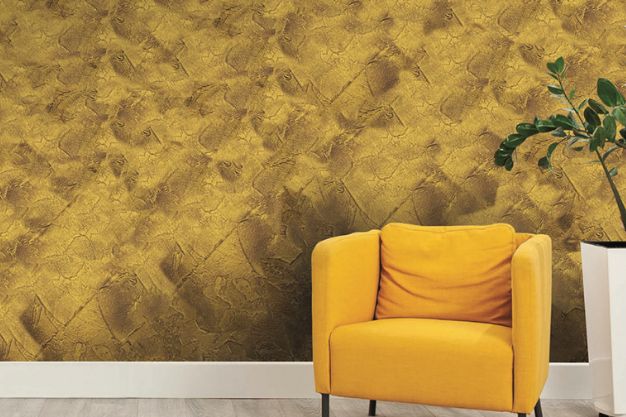
Paint-based textures are a great starting point for DIY enthusiasts. Techniques like sponging, rag rolling, and stippling involve using different tools to apply paint in a way that creates subtle variations in color and texture. These are relatively inexpensive and can add a touch of handcrafted charm to your walls.
- Plaster Texture
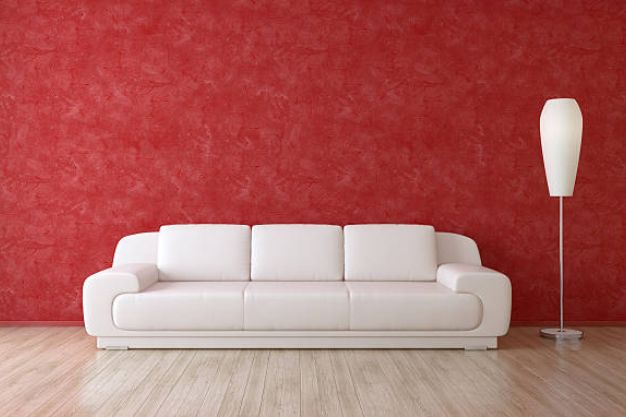
Plaster textures offer a more substantial and often more luxurious feel. Venetian plaster, with its smooth, marble-like finish, exudes elegance. Skip trowel textures create a subtle, uneven surface with a rustic appeal, while orange peel (the most common type) provides a light, barely-there texture that helps hide imperfections.
- Wallpaper with Texture
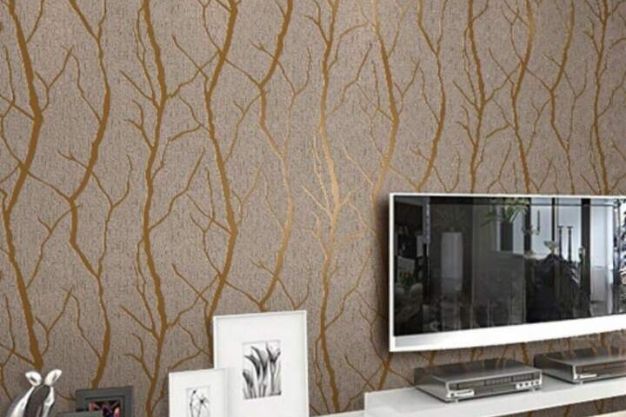
Wallpaper with texture is another fantastic option. Embossed wallpapers feature raised patterns, flock wallpapers have a soft, velvety surface, and grasscloth wallpapers bring natural fibers and a tactile element to your walls. These can add significant visual and tactile interest with relatively easy installation (especially peel-and-stick varieties).
For a more structural approach, consider paneling and molding. Wainscoting adds a classic touch to lower walls, shiplap brings a relaxed, coastal vibe with its horizontal planks, and beadboard offers a charming, cottage-style texture.
Finally, incorporating natural materials like stone veneer or thin brick can create a dramatic and impactful wall texture. These options bring an undeniable sense of authenticity and can be particularly stunning in feature walls or hallways. Each of these techniques offers a unique aesthetic and level of texture, allowing you to find the perfect fit for your style and space, especially when considering your hall wall texture design.
Spotlight on Hall Wall Texture Design Ideas
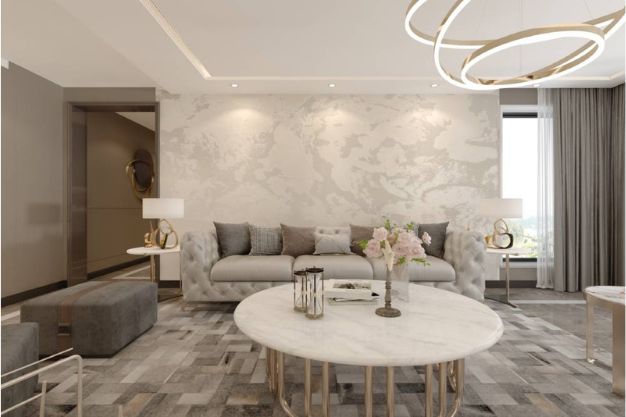
Your hallway is more than just a passage; it's the introduction to your home. That's why thoughtful hall wall texture design is so important. Let's explore some specific ideas to make your entryway truly shine:
For a modern minimalist hall, think sleek and understated. Venetian plaster in a neutral tone can create a sophisticated and seamless look. Alternatively, a subtly textured wallpaper with a geometric pattern can add visual interest without overwhelming the clean lines of the space. The key here is to keep it simple yet impactful.
If you're drawn to a rustic or farmhouse hall, embrace natural textures. Shiplap painted in a warm white or a soft gray can instantly create a cozy and inviting atmosphere. Brick veneer, either in its natural red tones or painted, adds a touch of industrial charm and rugged texture. These textures bring a sense of history and warmth to your entry.
For an elegant and sophisticated hall, consider the timeless appeal of wainscoting. Pairing it with a textured paint or a subtly patterned wallpaper above can create a layered and refined look. Think about using classic colors like creams, soft blues, or muted grays to enhance the sense of sophistication.
Looking to make a bold and artistic statement in your hall? Explore geometric textured wallpapers in eye-catching patterns or try a textured paint technique like stenciling with contrasting colors. A strategically placed textured accent wall can become a true focal point and reflect your unique personality.
Don't forget to consider the specifics of your hallway. For narrow or small hallways, vertical textures like vertical shiplap or striped wallpaper can visually elongate the space and create a sense of height. When choosing your hall wall texture design, also factor in the natural and artificial lighting in the area, as different textures will interact with light in unique ways.
DIY vs. Professional Application
So, you're inspired by all these amazing wall texture ideas, but should you tackle them yourself or call in the pros? The answer really depends on a few factors.
- For simpler paint-based textures like sponging or rag rolling, a DIY approach is often feasible, especially if you're comfortable with basic painting techniques and have the time to experiment. However, be realistic about your skill level and the time commitment involved. Gathering the right tools and practicing the technique beforehand is crucial for achieving a good result.
- More complex textures like Venetian plaster, intricate skip trowel finishes, or the installation of paneling and natural stone veneer often require specialized skills and tools. Hiring a professional ensures expertise, precision, and a high-quality finish. Professionals also have experience working with various materials and can advise you on the best options for your specific walls and desired look.
- When deciding, consider the complexity of the project, your comfort level with DIY, the time you have available, and your budget. Getting quotes from a few qualified professionals can help you weigh the cost against the potential for a flawless, long-lasting result. Don't hesitate to ask for portfolios of their previous work to ensure their style aligns with your vision for your hall wall texture design and the rest of your home.
Tips for Choosing the Right Wall Texture
Selecting the perfect wall texture for your home is an exciting part of the design process. Here are some key tips to guide you:
- First and foremost, consider the overall style and theme of your home. A heavily textured stone wall might feel out of place in a sleek, contemporary apartment, just as a minimalist plaster finish might not suit a cozy farmhouse. Ensure that the wall texture complements the existing architectural elements and your furniture choices.
- Think about the function of the room and the desired mood. A bedroom might benefit from soft, calming textures, while a living room could handle something more visually dynamic. Consider how you want the space to feel and choose a texture that supports that feeling.
- Evaluate the existing lighting conditions. Natural and artificial light will play across the wall texture, highlighting its nuances and creating shadows. A heavily textured wall in a dimly lit space might appear too busy, while a subtle texture can add depth even in bright light.
- Consider the size of the room. As mentioned earlier, lighter textures can help make small spaces feel larger and more open, while darker or more pronounced textures can add coziness to larger rooms. Vertical textures can visually lift low ceilings.
- Don't overlook durability and maintenance. Some textures are easier to clean than others. For high-traffic areas like hallways or homes with children and pets, choose a wall texture that can withstand wear and tear and is easy to maintain.
- Finally, and perhaps most importantly, get samples and test them in your space. Look at the samples in different lighting conditions and against your existing furniture and decor. This will give you a much better idea of how the wall texture will look and feel in your home before you commit to a larger project. Your hall wall texture design sets the stage, so take your time and choose wisely!
Elevating Your Interiors with Novella Kitchens
Now, let's talk about creating a truly cohesive and stunning home environment that goes beyond just beautiful walls. At Novella Kitchens, we understand that every detail matters, from the wall texture in your living room to the functionality of your kitchen and wardrobes. We offer comprehensive interior solutions designed to seamlessly integrate style and practicality.
Modular Kitchen Designs: Imagine a kitchen that's not only beautiful to look at but also incredibly efficient and tailored to your specific needs. Our modular kitchen designs offer unparalleled customization, allowing you to optimize every inch of your space. From sleek, modern aesthetics to warm, traditional styles, we offer a wide range of materials and finishes to complement the overall design of your home perfectly, including the wall texture in adjacent dining areas. A well-designed modular kitchen enhances the flow and functionality of your home, making it a joy to cook and entertain in.
Modular Wardrobe Solutions: Just like your kitchen, your wardrobes should be both stylish and highly functional. Our modular wardrobe solutions provide exceptional organization and maximize your storage space. With a variety of finishes, internal configurations, and design options, you can create wardrobes that not only meet your storage needs but also enhance the aesthetic appeal of your bedrooms. Imagine a sleek, handleless wardrobe perfectly complementing a subtly textured wall, creating a harmonious and clutter-free sanctuary.
Seamless Integration: At Novella Kitchens, we believe in creating a holistic design experience. Our team can work with you to ensure that your new modular kitchen and wardrobe solutions seamlessly integrate with your chosen wall textures and overall interior design vision. For example, a sophisticated Venetian plaster wall in your bedroom can beautifully complement a modern modular wardrobe with a high-gloss finish. We strive to create a cohesive and stunning home environment where every element works together in perfect harmony.
Conclusion
From the subtle charm of textured paint to the bold statement of natural stone, wall textures have the power to completely transform your home interiors. Remember the significant impact of your hall wall texture design in setting the tone for your entire living space. We encourage you to explore the diverse range of texture options available and experiment with what best reflects your personal style and enhances the beauty of your home. By thoughtfully considering texture, alongside elements like well-designed kitchens and wardrobes from Novella Kitchens, you can create truly beautiful and engaging living spaces that you'll love for years to come. So go ahead, feel the difference, and let your walls tell your story.
FAQs
Q1 How does textured paint differ from regular paint?
Textured paint contains additives that create a raised or dimensional surface when applied, unlike the smooth finish of regular paint. This adds visual and tactile interest to the walls.
Q2: Are textured walls difficult to clean?
The ease of cleaning textured walls depends on the type of texture. Heavily textured surfaces can trap more dust, while smoother textures are generally easier to wipe down.
Q3 Can I apply texture over existing wallpaper?
It's generally not recommended to apply texture directly over wallpaper, as the added weight and moisture can cause the wallpaper to peel or bubble. Removal is usually the best first step.
Q4 What are the most durable wall texture options for high-traffic areas?
Paneling like wainscoting or beadboard, as well as durable textured paints, tend to be more resistant to bumps and scratches in busy areas like hallways.
Q5 How can wall texture affect a room's acoustics?
Textured surfaces can help to absorb sound waves, reducing echo and improving the acoustics of a room, especially compared to flat, hard walls.

